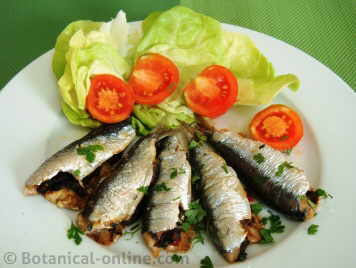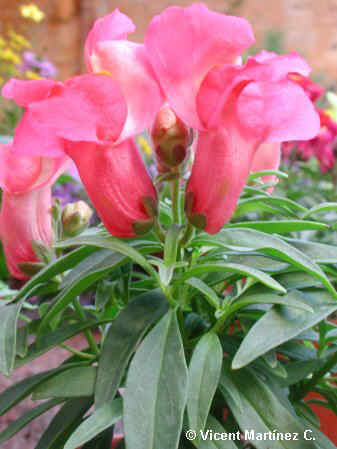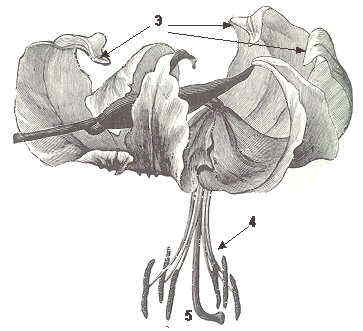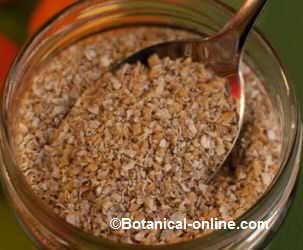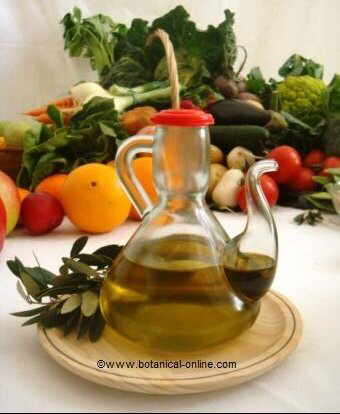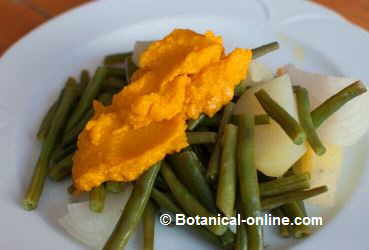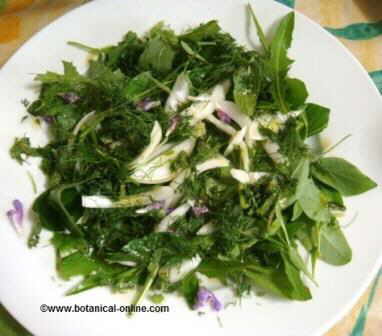Contents
What is a prickly juniper plant?
Prickly juniper characteristics
Common English name: Prickly Juniper, Prickly Cedar, Sharp Cedar, Cade Juniper, Spanish Cedar, Cade.
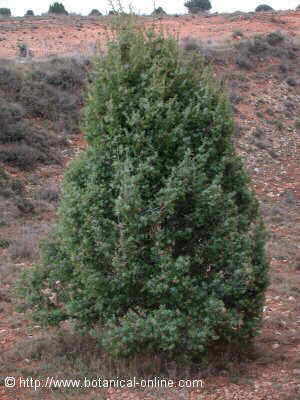
General aspect of prickly juniper (Juniperus oxycedrus)
Scientific name: Juniperus oxycedrus L. The name of the species oxycedrus is formed by the words oxy= pointed + Kedros = cedar.
It refers to the leaves that are similar to those of cedar and are very sharp.
The generic name “Juniperus” (= rough) comes from Celtic and is due to the harsh taste of the fruit.
Varieties of prickly juniper
The main varieties of this species are:
- J. oxycedrus subsp. transtagana (it grows in the southwest coast of Portugal and is characterized by its shorter leaves and very smooth cones
- Juniperus deltoides R.P. Adams ( it grows in Israel, central Italy and eastern Iran. Its leaves are between 10 and 20 mm and the cones, wider at the base, show the raised edges of the scales)
- J. oxycedrus bar. badia H.Gay (it grows in northern Algeria, Spain and Portugal)
Family: Cupressaceae
Habitat: Where to find prickly juniper?
It grows in Mediterranean areas, from sea level to 1000 meters high, mainly in pine , holms-oaks forests, on calcareous soils. In many places, it can be found along with common juniper (Juniperus communis) or savin juniper (Juniperus sabina)
In most cases it does not reach the size of a tree but it is just bush a little more than a few meters. It commonly lives in poor, dry soils where other trees found it very difficult to adapt. (In the photo on the right you can see the arid landscape where it grows)
- Active principles: Pinene, Terpineol, junene, cadinene, juniperin, tannins and resin
- Active parts: Mainly the essential oil found in the galbuli and young shoots. The leaves and wood.
Description of prickly juniper
Dioecious tree up to 10 m in height. Short stems, erect, grayish brown bark.
Needle-like leaves, sharp, gathered in whorls of three. Much like the common juniper from whom primarily differentiates because of the leaves drawing.
In this case the leaves show below two white bands whereas juniper leaves only show one.
Fruits in galbuli, red or reddish brown when ripe, which occurs in the second year after flowering, something that takes place in spring.
![]() More information on juniper oil or cade oil.
More information on juniper oil or cade oil.


